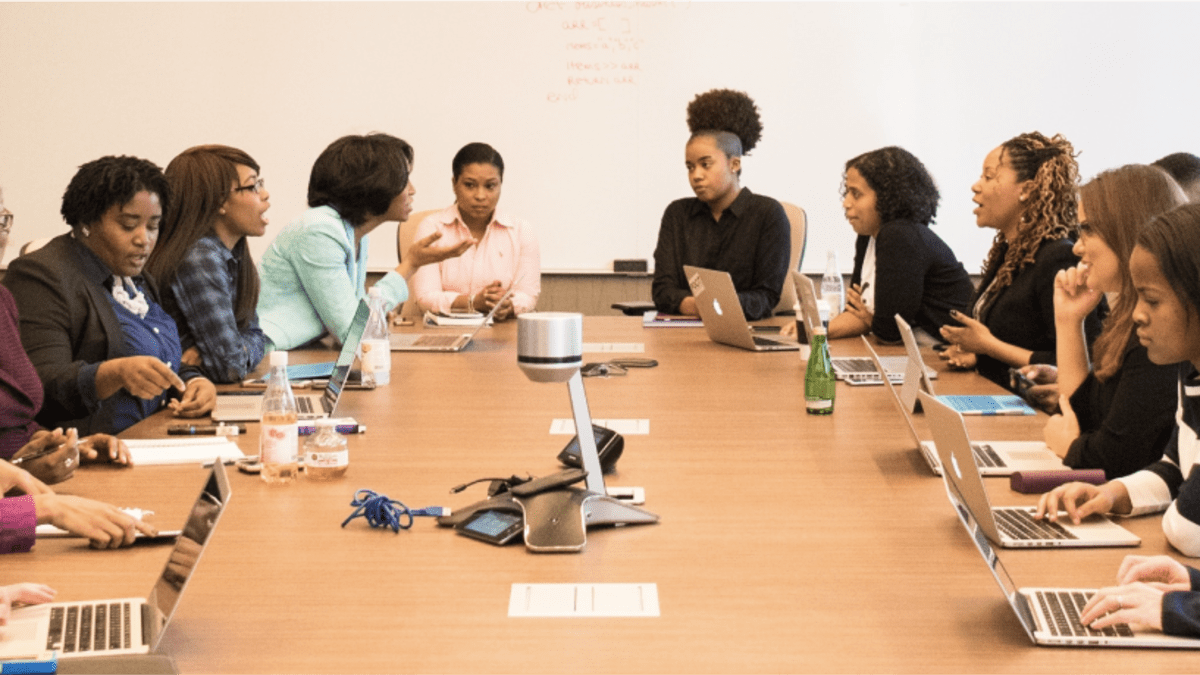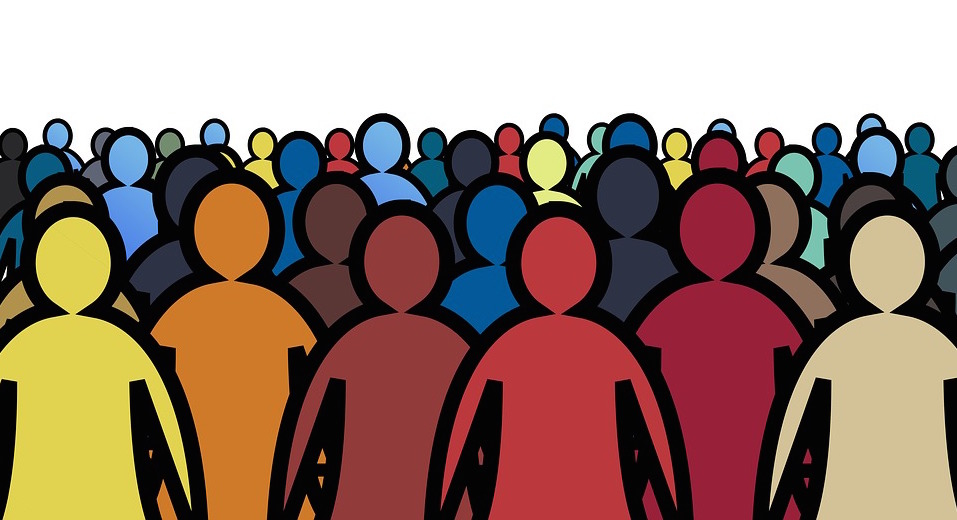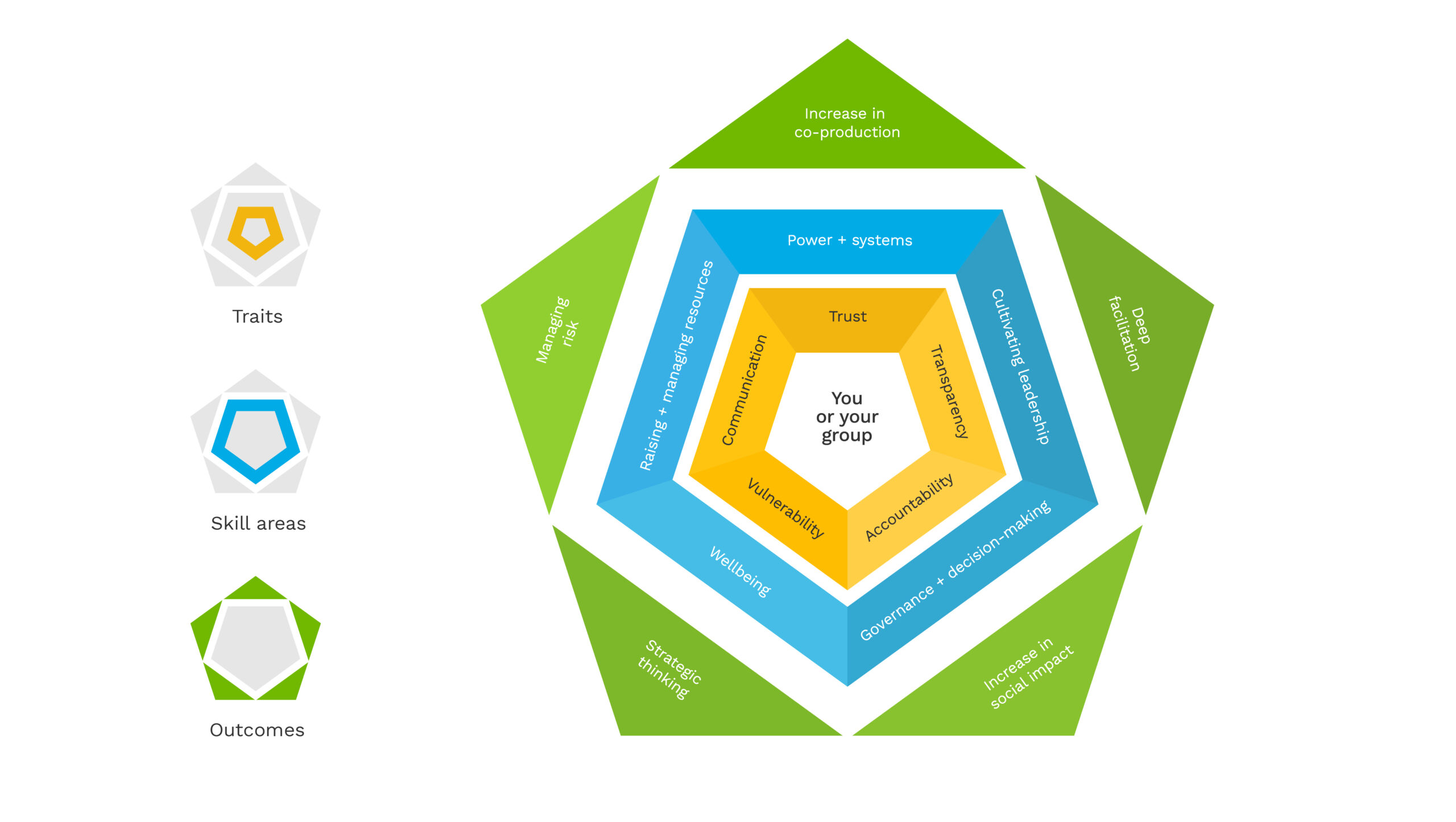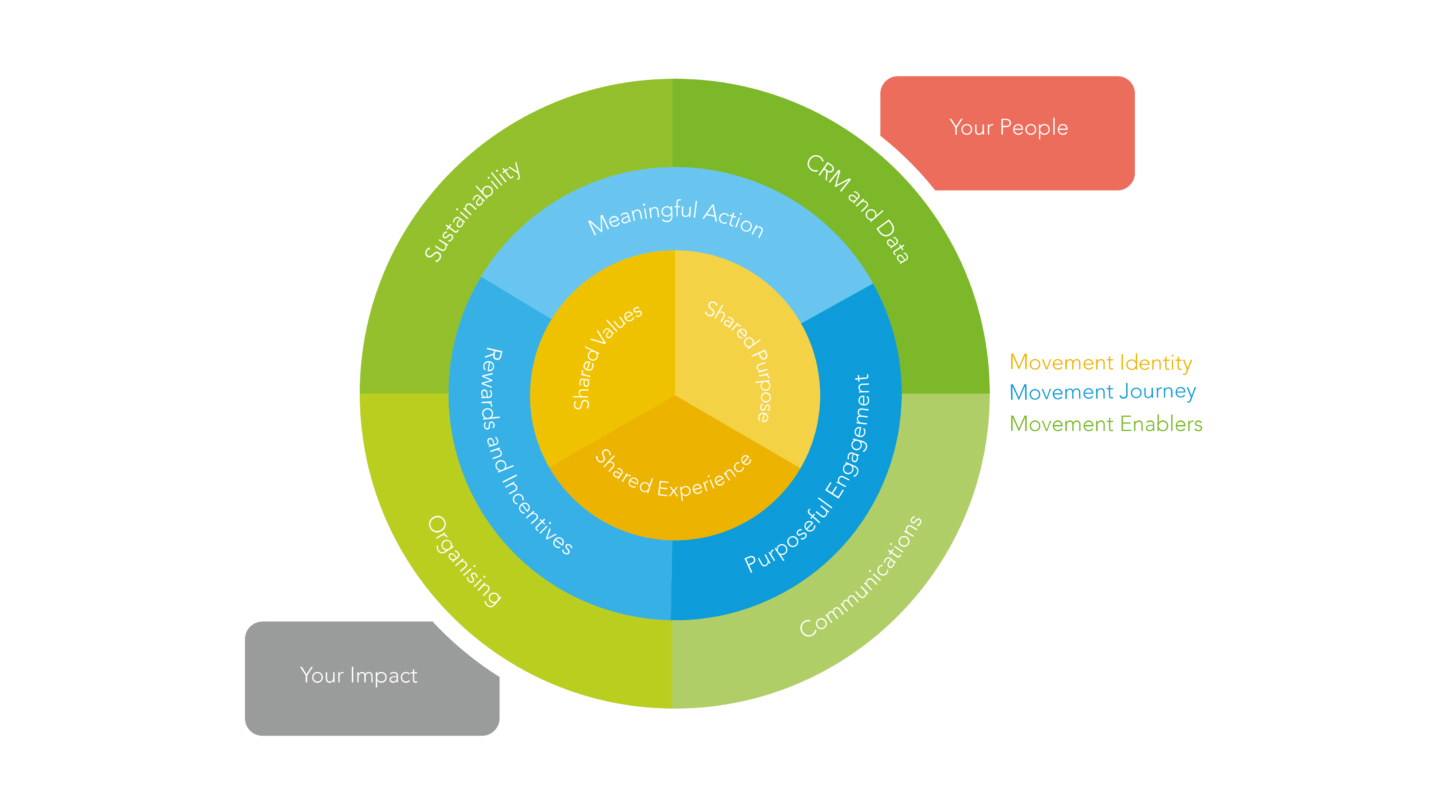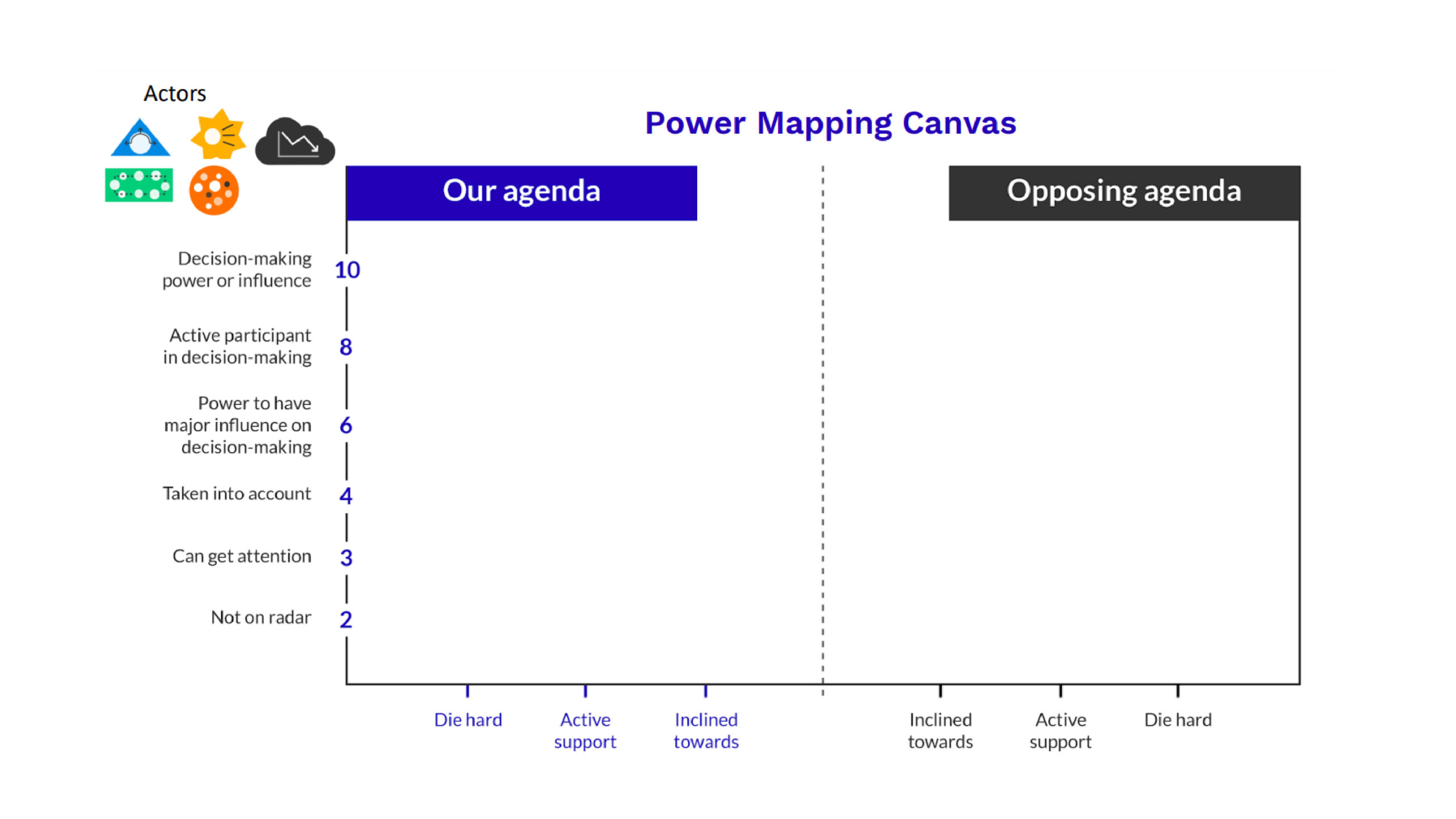Can organisations build movements?
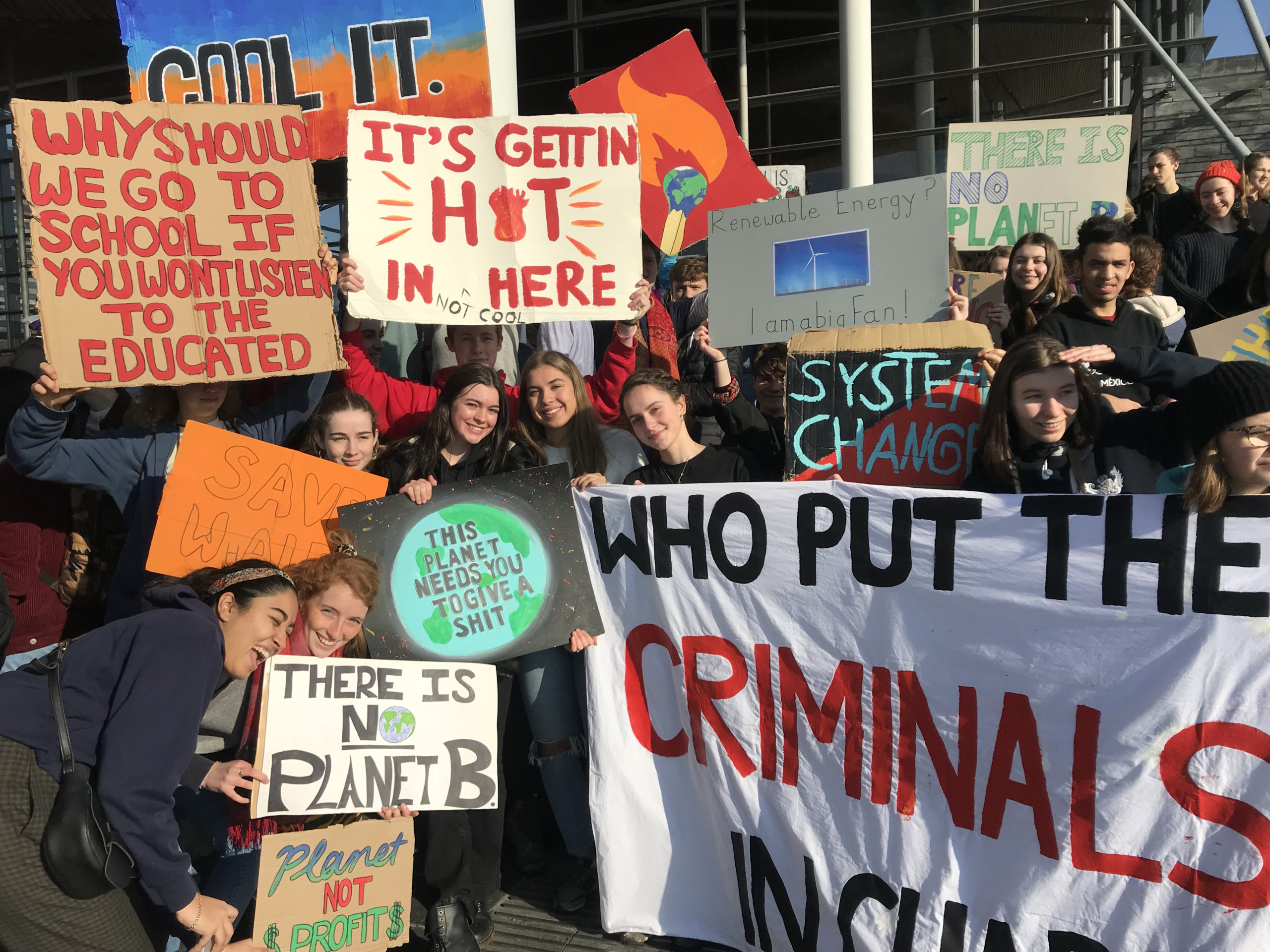
Over the past century, the world has experienced sweeping social change in many areas; gender equality, environmentalism, human rights, racial justice. Those successful efforts were led not by individual organisations, but by movements of people from all walks of life influencing institutions, policies and social norms.
But these days it seems like everyone, from Nike to Citizens UK, WWF to Delivering Happiness are building a movement for change. What has been really interesting is how so many institutions and people are choosing movement building language to describe a journey for reaching social impact together.
We find ourselves pondering whether or not this is the shift into the new reality where we realise we cannot do it alone and the strive to build change, capturing something about the mood of the moment – or whether is it a reflection that our old membership models are broken and these new kinds of movements are just the new membership organisations?
We like to think it is a mixture of both. With the acknowledgement that the digital revolution has changed the way the public interact with organisations to create change, organisations are starting to realise that, if they want to create the impact they were set up to achieve, there has to be a shift in the way they deploy their own assets, energy and resources to create change.
Movements are about more than just campaigning. They are about big transformational change – building trust, leadership and sustainable organisations that can deliver the solutions we want and deepening connections between people and the cause to inspire action.
So what role can established organisations and institutions play in large scale social movements? Can the movements they seek to spark and sustain ever be as authentic and genuine as grassroots movements like Black Lives Matter, or everydaysexism?
Behind every movement, even those two, there will be infrastructure and resources.
Established organisations are perfectly placed to provide this but people won’t get behind a movement that only serve the needs of the organisation rather than the cause. They certainly won’t get behind an organisation that does not allow for the relationship with the grassroots to emerge or one that commandeers the power created under their own methodology.
So, if you are in an organisation looking to build something authentic, relevant and sustainable that has impact at the heart, then you need to think carefully about what kind of movement you want to create and the role you play.
The Movement Building Canvas is designed to help you think through what this could look like. Focusing on our three stages – identity, journey and enablers – it helps movement builders to map out:
- who is in their movement;
- what brings them together;
- the opportunities they have to engage and take action; and
- the technology, communications, organising structure and funding model they need to create sustainable social impact.
When so many organisations and institutions are aspiring to build a movement, we want to help them avoid the trap of using the M word in vain. Ultimately, it’s not enough to just use the language of a movement, you have to think and act as one. Thinking beyond the limitations of your own, organisational assets and resources can be challenging but, if you can use your power and agency to enable and support a whole movement to carry your cause, then you’ve created sustainable social impact – at scale.
Download the Movement Building Canvas to use in your organisation

